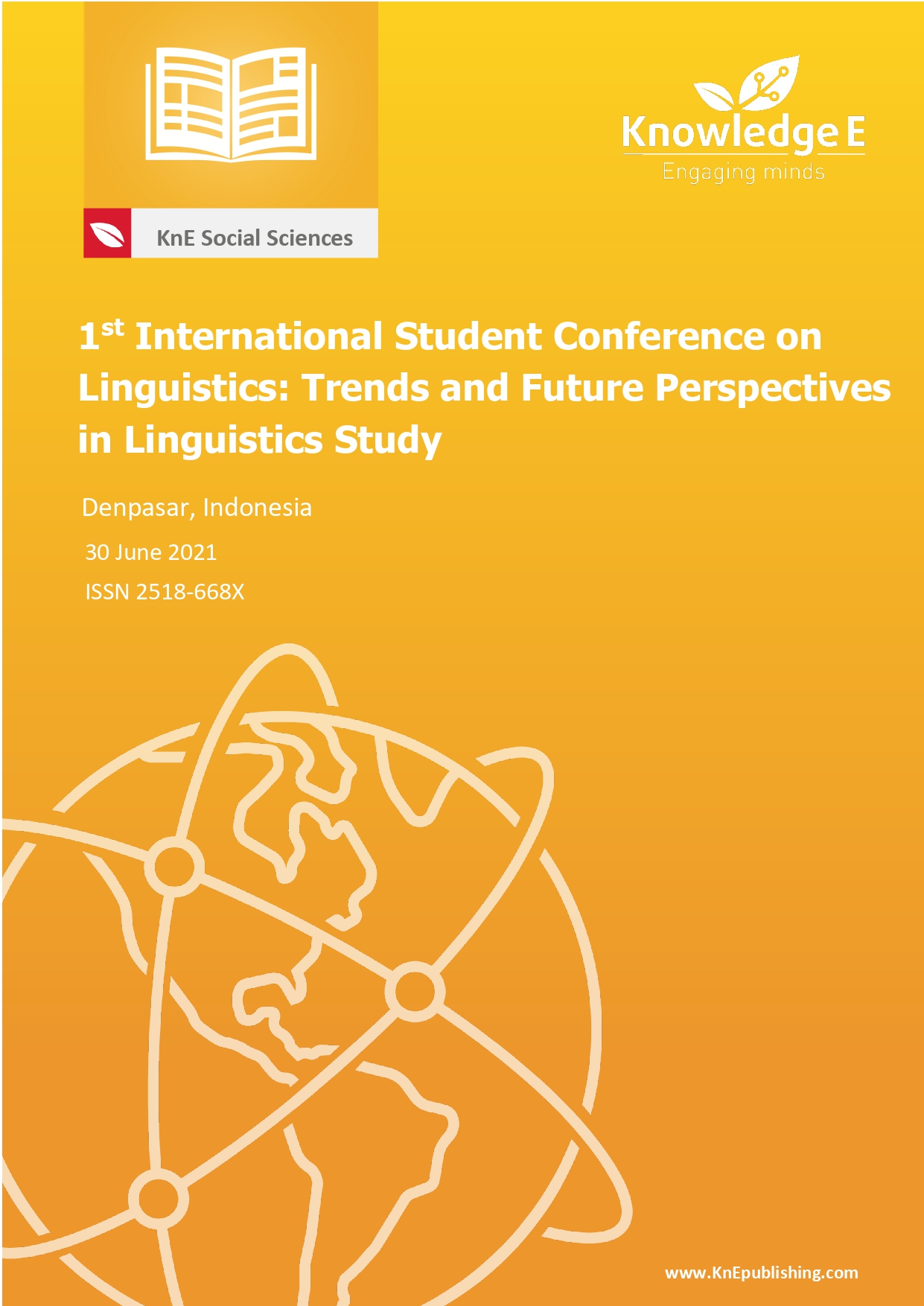Eco-lexicon of Flora and Fauna in Baikeno Language
DOI:
https://doi.org/10.18502/kss.v7i10.11278Abstract
The goal of this study was to describe the treasures of the Baikeno language community’s flora and fauna eco-lexicon, as well as the biological, sociological, and ideological dimensions of the flora and fauna eco-lexicon. This study is qualitative in nature. The proficient method and the note-taking method were also used to collect data. The data were analyzed using the equivalent method in this study. The data was grouped by lexicon type, and then the identification stage for a description was completed. The method used was the informal and formal presentation method. The informal presentation method uses words, whereas the formal presentation method uses what are commonly known as signs and symbols. According to the findings of the study, there were 71 eco-lexicons, with 45 flora and 26 fauna accounting for 6.42 percent and 5.20 percent, respectively. Flora and fauna produce biological and sociological dimensions in each eco-lexicon, but not all of them produce an ideological dimension.
Keywords: eco-lexicon, Flora, Fauna, dimension
References
[2] Kobak A. Khazanah leksikon flora dalam bahasa yali di distrik lola kabupaten yahukimo. Medan; Universitas Sumatera Utara; 2018.
[3] Mahsun M. Metode penelitian bahasa. Jakarta: PT Raja Grafindo Persada; 2007.
[4] Mbete M. Ekoleksikon dan ekoteks sebagai modal pendidikan karakter dan ekonomi kreatif berbasis lingkungan. Denpasar; Universitas Udayana; 2017.
[5] Renjaan Meiksyana Raynold. Leksikon bahasa kei dalam lingkungan kelautan: Kajian ekolinguistik. Linguistika: Buletin Ilmiah Program Magister Linguistik Universitas Udayana, Vol. 21. pp. 1-24; 2014.
[6] Saussure F. Pengantar linguistik umum, terjemahan Rahayu S Hidayat. Yogyakarta: Gadjah Mada University Press; 1988.
[7] Sibarani T. Ekolinguistik kebambuan dalam masyarakat bahasa batak toba. Medan; Balai Bahasa Provinsi Sumatera Utara; 2014.
[8] Sinaga J. Khazanah ekoleksikon kedanauan dalam guyub tutur bahasa batak toba. Denpasar; Universitas Udayana; 2021.
[9] Sudaryanto S. Metode dan aneka teknik analisis bahasa (pengantar penelitian wahana kebudayaan secara linguistis). Yogyakarta: Duta Wacana University Press; 1993.
[10] Sudaryanto S. Metode dan aneka teknik analisis bahasa pengantar penelitian wacana kebudayaan secara linguistis. Yogyakarta: Sanata Dharma University Press; 2015.
[11] Wierzbicka A. Understanding culture through their key words. Oxford: Oxford University Press; 1997.

